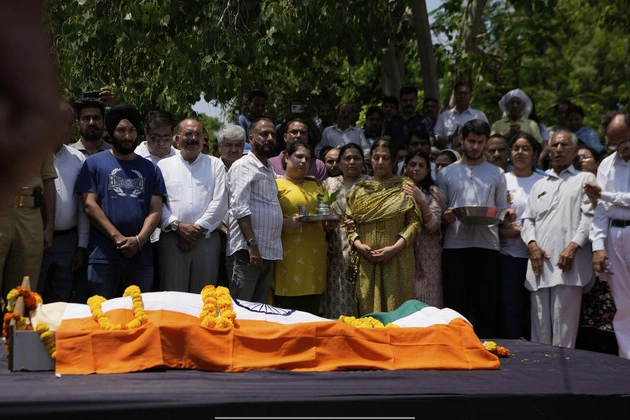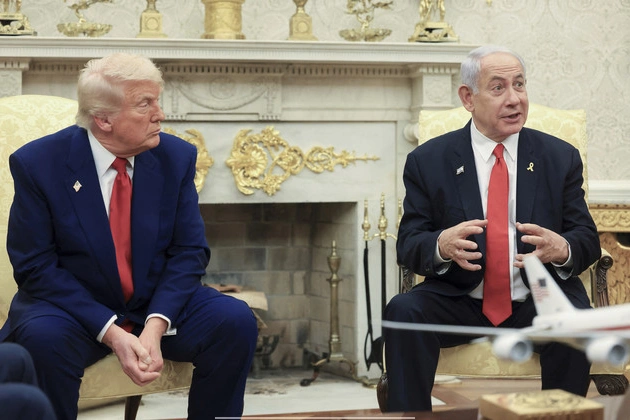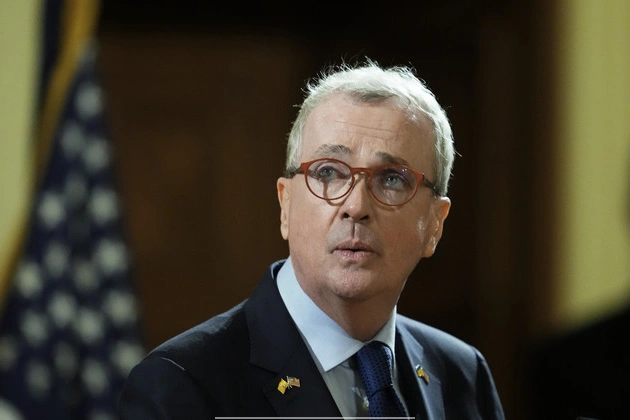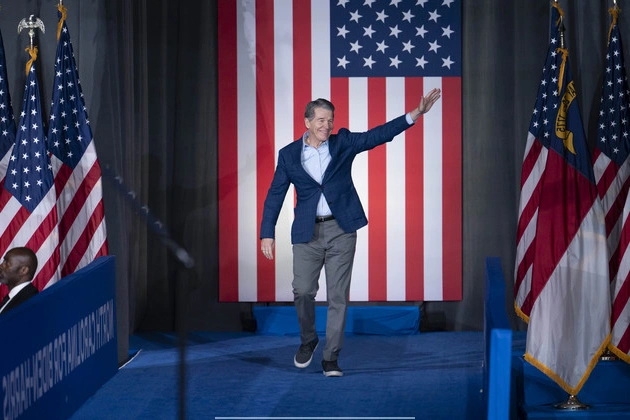
India and Pakistan witnessed a recent ceasefire agreement to quell the conflict, yet overnight border fighting in Kashmir has tested this fragile truce.
Border Clashes Shake Ceasefire
Following the ceasefire announcement, heavy exchanges of fire between Indian and Pakistani troops were reported by civilians on both sides of the Line of Control, the dividing line in Kashmir. The intensity subsided by Sunday morning, but tensions remained palpable.
Challenges to Sustaining Peace
Despite the initial agreement to halt all firing and military actions, both nations accused each other of violating the ceasefire shortly after its initiation. Drones spotted over Indian-controlled Kashmir and Gujarat further added to the unease among residents.
Impact on Civilians
The Poonch region in Indian-controlled Kashmir faced intense shelling, leaving residents traumatized and in fear for their safety. Similarly, Pakistan-controlled Kashmir’s Neelum Valley experienced heavy shelling, highlighting the continued vulnerability of civilians in conflict zones.
International Response and Mediation
President Donald Trump’s involvement in announcing the ceasefire drew mixed reactions, with India maintaining a cautious stance while Pakistan expressed gratitude for external facilitation. The United Nations welcomed the agreement as a positive step towards peace, emphasizing the need for lasting solutions to the longstanding issues between the two nations.
Path to Lasting Peace
As India and Pakistan navigate the complexities of their shared history and territorial disputes, efforts to de-escalate tensions and promote dialogue remain crucial. The daily skirmishes along the Line of Control underscore the fragility of the current ceasefire, underscoring the need for sustained diplomatic engagement.
Looking Ahead
With military officials from both countries scheduled to engage in further discussions, the future of the India-Pakistan relationship hangs in the balance. As Kashmir continues to be a focal point of contention, the path to lasting peace requires unwavering commitment and constructive dialogue.











